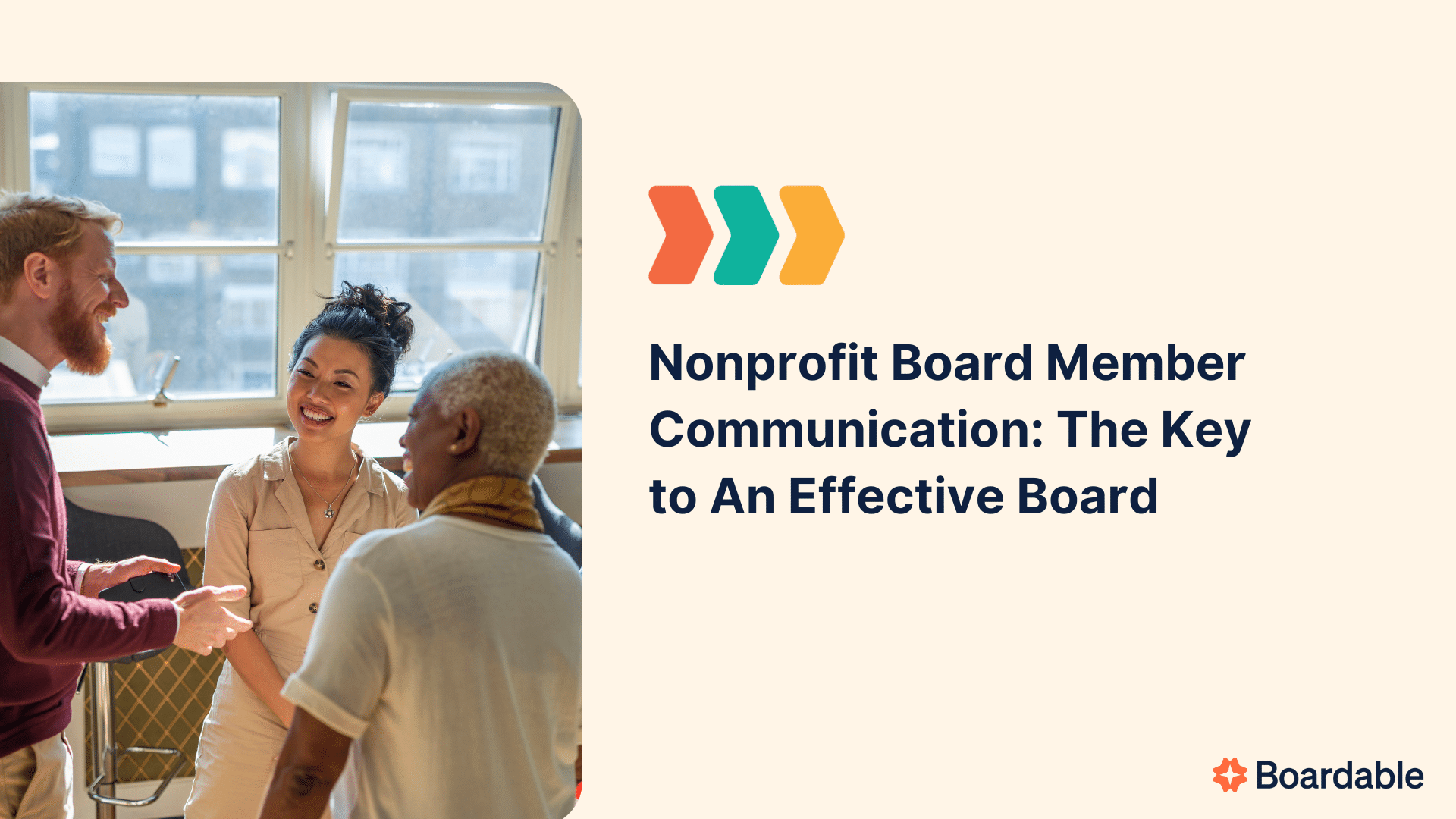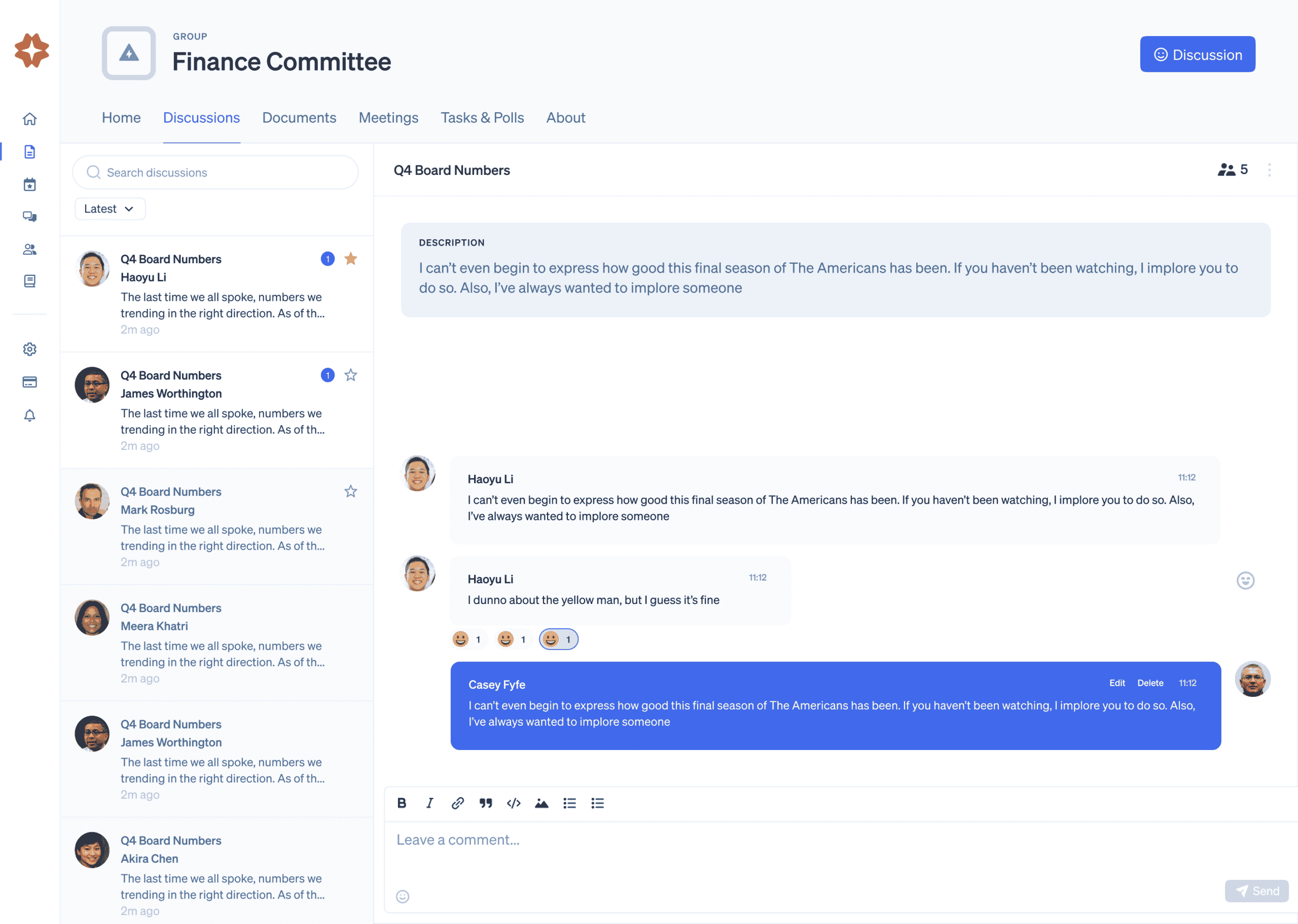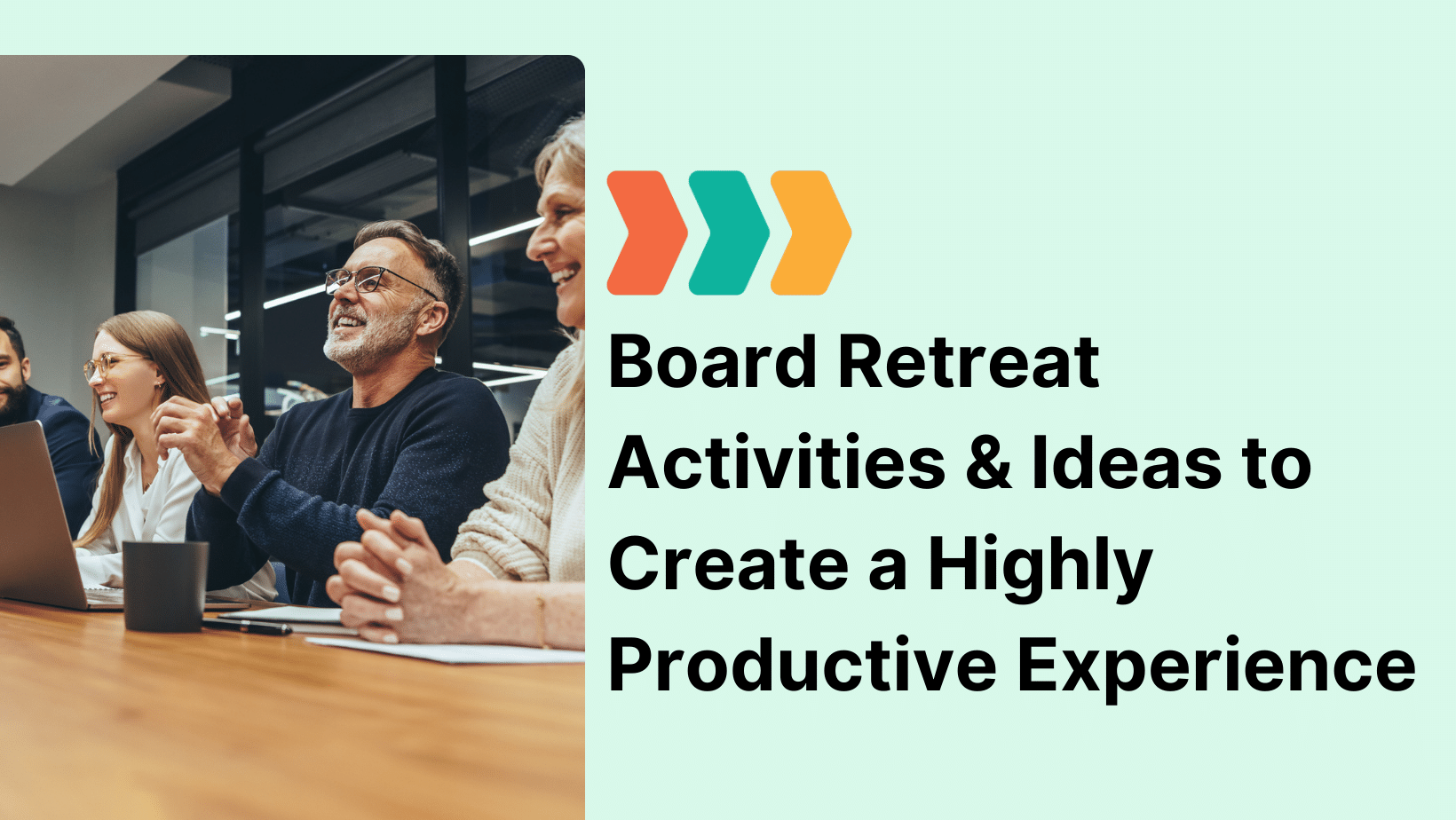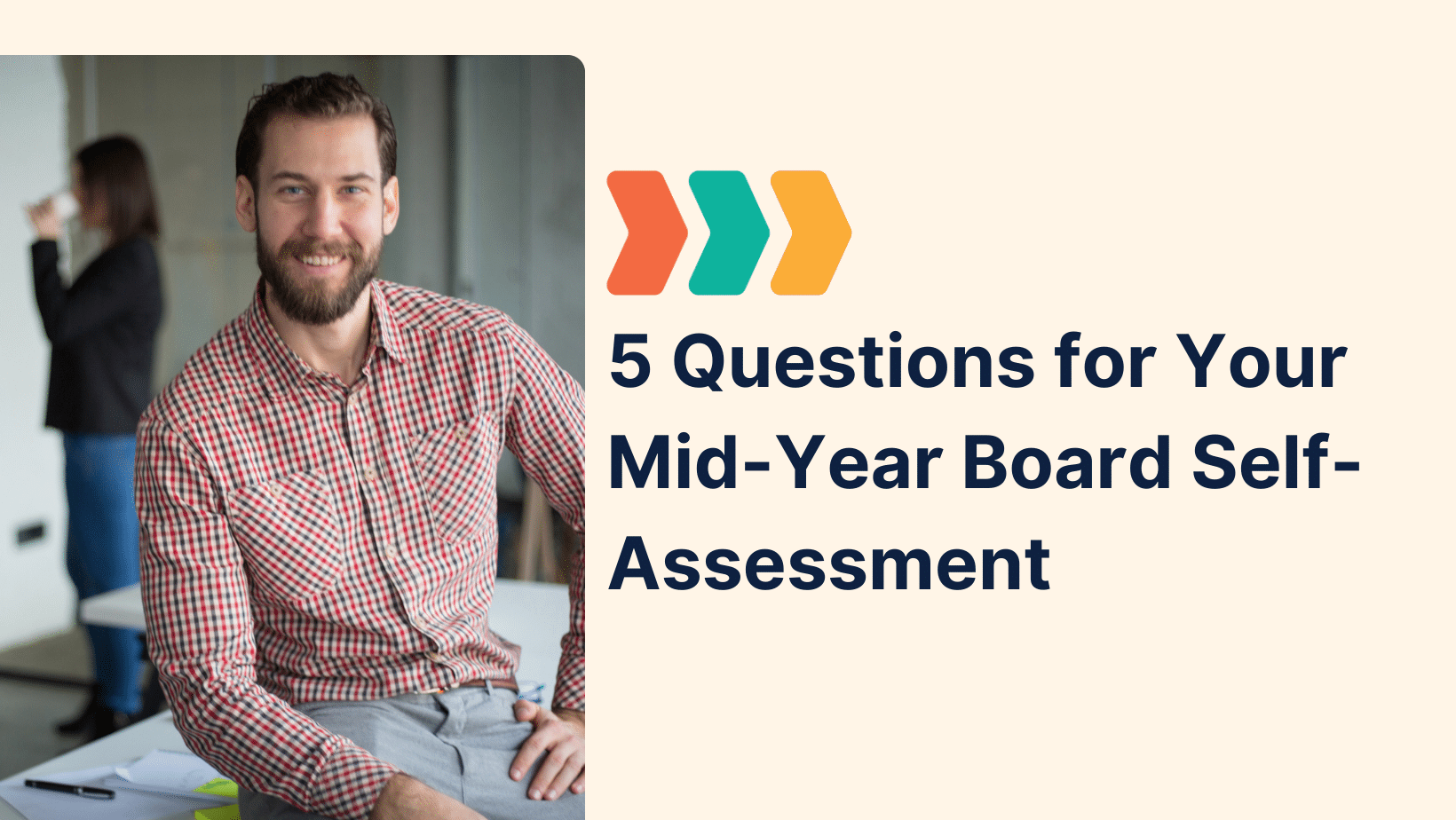Is your nonprofit board member communication strong? Or do directors just show up for a meeting, read the last meeting’s minutes, and disappear entirely? It is frustrating when board members don’t communicate. It’s hard to get anything done. Information needs to be continually repeated. Meetings often don’t feel worthwhile. If you’re a board administrator tasked with improving communication, we’ve got you covered.
Create a Communication Strategy
With the support of the rest of the board, create a communication strategy. This might be as simple as creating a list of preferred contact types for each member, or as complex as implementing an entire communication hub. What’s most important is that all board members know how to communicate with each other. They need to have direct access to all other board members. A directory of board member contact information should be distributed to everyone, with permission. With this kind of connectivity, not only can you facilitate more productivity between meetings, you build rapport.
Make Board Member Communication Clear in Minutes and Notes
As you arrange minutes and notes, make it expressly clear which board members have volunteered to work together and who needs to communicate with each other. Board members are busy, and often they will need to refer back to their notes to remember what they’re working on and with whom. If there are any changes, make sure they’re carefully documented. The more detailed your notes are the better. However, still remember your minutes should be as concise as possible.
Address Issues As They Occur
When communication issues occur, such as facts being mistaken or misspoken, make sure to get to the heart of the matter. Otherwise, resentment could build among board members. Figure out what happened without any blame. Then, create strategies for avoiding these issues in the future. Over time, this will lead to healthier communication.
Don’t Let Meetings Get Off Track
Whether you’re sitting in on committee meetings or you sit on the main board, administrators have special responsibilities. Creating the right agenda is crucial to keeping things on track. Be sure to allow for a “parking lot” of ideas that are brought up during the meeting but don’t fit in the agenda. Not only will everyone still feel heard, but there will be a record of good ideas to discuss later.
Learn Communication Styles
Every person has different communication styles. When board members aren’t able to work effectively together, it’s often because they aren’t communicating in the way they should. They may not have communication styles that mesh, or may not know each other well enough. As an administrator, you are able to learn each board member’s communication styles, and put that knowledge to good use. Some older board members might appreciate phone calls for important information. Younger professionals may never answer a phone call EVER! Find out when a text message, an email, or other form of communication is best.
Implement the Right Technology
Online tools are a great way to facilitate communication between meetings. There are lots of great task tracking tools online, such as Trello or Asana. If you create an online dashboard showing progress toward key goals, board members will see their progress in real time, and feel motivated to succeed.
As a board administrator, there’s not much you can do if your board members are constantly distracted and refuse to talk. But if your board members are willing to listen, you can improve their communication AND effectiveness.
Conclusion
In conclusion, effective board member communication is vital for the success of any nonprofit organization. Without clear and consistent communication, it’s challenging to achieve your mission and make a meaningful impact. By following these tips and implementing the right technology, you can foster better communication among your board members and ultimately enhance their effectiveness.
One board management solution can aid you in streamlining board communication. With Boardable’s intuitive platform, you can create a central hub for all your board members to connect, share information, and collaborate seamlessly. Our features, such as document storage, meeting scheduling, and task tracking, can help your board stay organized and focused on your nonprofit’s goals.
If you’re ready to take your board member communication to the next level and unlock the full potential of your nonprofit, consider integrating Boardable into your strategy. Schedule a demo today with one of our product experts.




